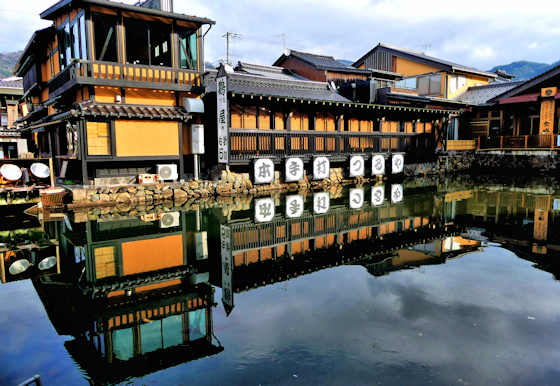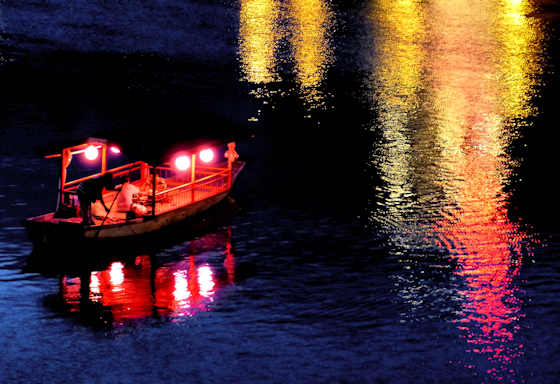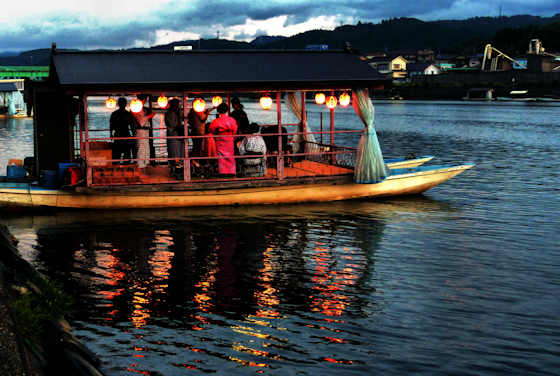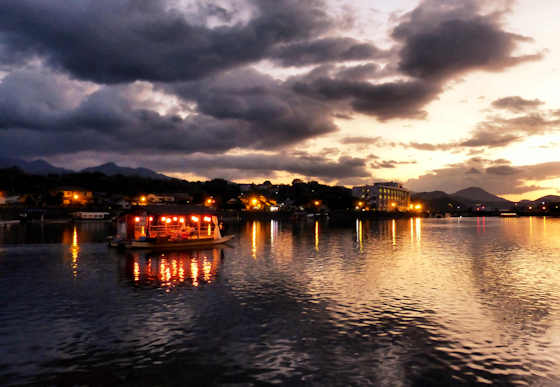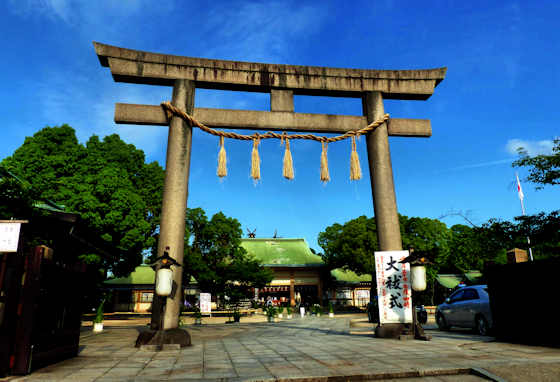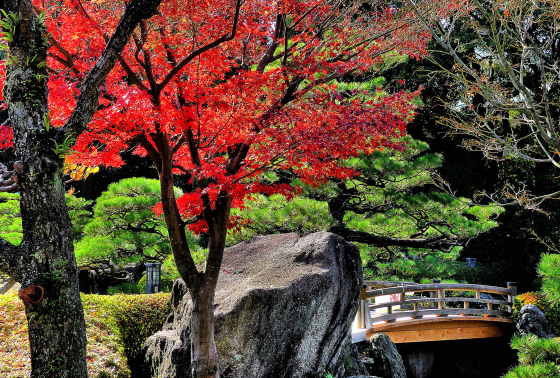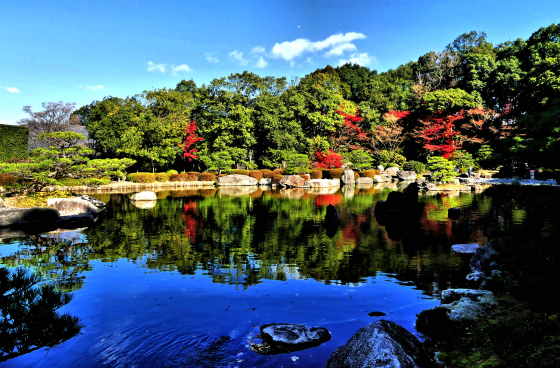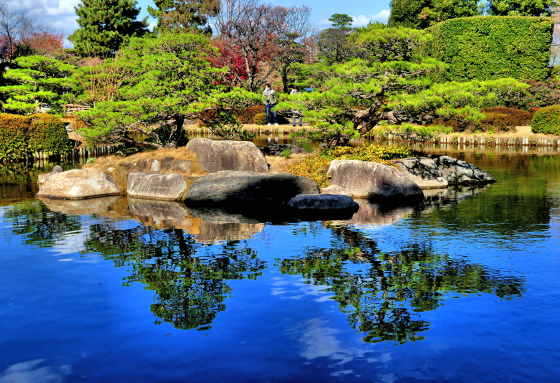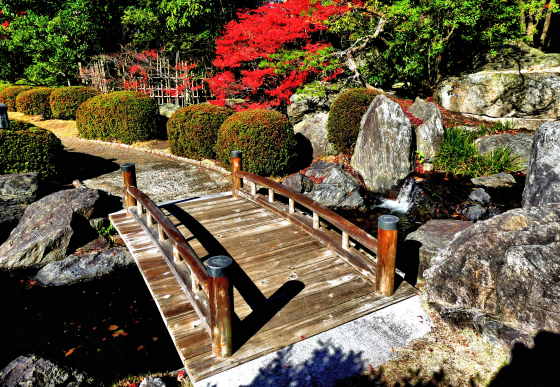Thursday, March 31, 2022
Izushi Castle Town
A lot of the historical district is given over to tourist-related gift shops and eateries, and I previously posted a series of photos of these shopfronts This time some different views.
There was a really interesting shop, very much Showa nostalgic, with lot of products from the 70's.... more like a museum than a shop....
Labels:
Architecture,
izushi,
preservation district,
soba,
toyooka
Tuesday, March 29, 2022
A Brief Guide to Museums of Hita
Museums of Hita 日田市
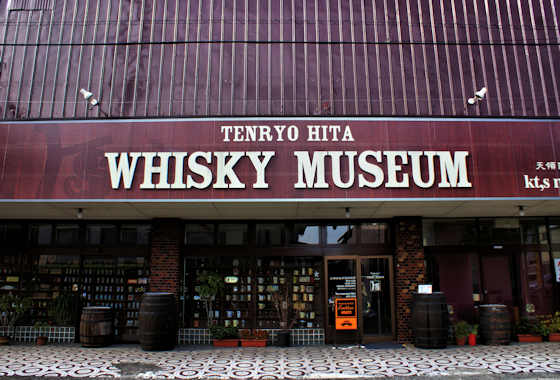 |
| Whisky Museum |
I visited Hita, a small, historic town near the border of Fukuoka in Oita, several times, the first being on day 53 of my walk around Kyushu on pilgrimage. I quite enjoyed the town and there was plenty to see in and around the Historic Preservation District, including a range of museums. The Whisky Museum was closed when I was there but it has a collection of 30,000 whiskeys and paraphernalia that have been collected by the owner since he was 13. If alcohol is your thug then there is a sake museum in the local brewery.
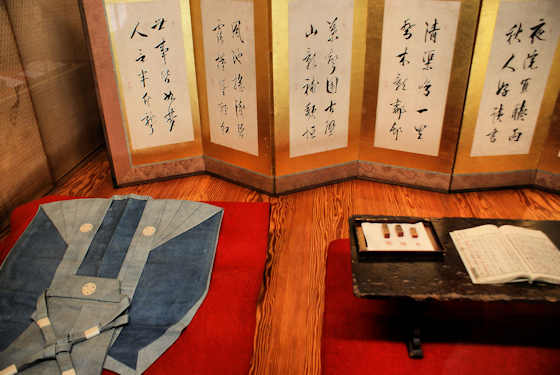 |
| Museum in Hita |
In the Mamedamachi historic district, there are half a dozen small museums in the old houses and storehouses, including the Hirose Museum, and the Tenryo Hita Museum.
Exhibits include artifacts from wealthy merchants, the samurai bureaucrats who ran the town, and folk art and such.
Not to be missed is the Hita Gion Museum which houses the huge floats used in the towns Gion Festival, as well as other matsuri-related objects and artworks.
The most popular museum I suspect is the Hina Doll Museum with its collection of more than 4,000 hina dolls, but it also has a few other historical displays not doll-related.
Saturday, March 26, 2022
Kamano Beach
Kamano Beach
Kamano Beach is immediately adjacent to Fukumitsu Beach, but is separated from it by a rocky promontory.
There was a large signboard commemorating the most famous son of Kamano, a certain Matsuraya Yohei. During the Edo eriod Kamano was art of the Tokugawa-controlled Iwami Ginzan Territory. The 19th controller of Ginzan is famous for among other things introducing sweet potatoes into the region to stave off starvation. However, no-one knew how to store the sweet potatoes through the winter for replanting, and so they froze and rotted. Yohei figured out to bury them deep underground in a large pot, and so became a hero.
From Kamano a narrow lane heads over the hills toward Yunotsu.
Labels:
Japan Sea Walk
Tuesday, March 22, 2022
Yakatabune of the Mimuka River
Yakatabune, Mimuka River
Around sunset each day the lanterns and electric lights on the yakatabune light up, and guests, usually wearing traditional outfits, arrive and are then taken out to the middle of the river for a few hours of fine wining and dining.
Labels:
boat,
hita,
kyushu108,
oita,
yakatabune
Sunday, March 20, 2022
Kannonzaka Kannondo Temple 66 on the Sasaguri Pilgrimge
Kannonzaka Kannondo Temple
Labels:
Fudo Myojin,
kannon,
sasaguri
Wednesday, March 16, 2022
Enshiro at Kangien in Hita
Japan Guide
He studies under the Neo-Confucian scholar, Nanmei Kamei, in Fukuoka before returning home to Hta and opening his own academy.
Labels:
Architecture,
hirose tanso,
hita,
kyushu108,
Museum
Monday, March 14, 2022
Ikutama Shrine
Ikutama Shrine
Shigino Shrine is another of the more well-known sub-shrines in the grounds. It is said that Hideyoshi's wife was a regular visitor. The symbol on the lanterns and ema is a lock with the florid kanji for "heart" and is said to be a good lace to ray for "connection", though it seems it may have been more concerned with breaking bad connections.
The two main kami enshrined in Ikutama Shrine are Ukushimanokami and Tarushimanokami, neither of which aear in the ancient chronicles, and seemingly only one other shrine in Nagano enshrnes them.
An unusal set of direction signs pointing to the various "attractions" in the grounds of Ikutama Shrine.
Friday, March 11, 2022
Traditional Japanese Garden in Ohori Park
Ohori Park
The garden is mostly enclosed in low, artificial hills that not only block out views of the city but also the city sounds.
There are several waterfalls, and numerous bridges along the paths for visitors.
Subscribe to:
Posts (Atom)
